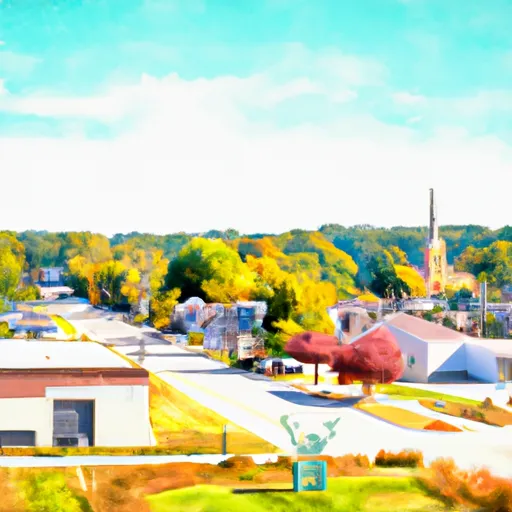°F
°F
mph
Windspeed
%
Humidity











Wentworth, Wisconsin is a charming town located in the northern part of the state. The climate in Wentworth is characterized by cold, snowy winters and pleasant summers. Average temperatures range from around 20°F (-6°C) in winter to 75°F (24°C) in summer, providing a distinct four-season experience.
The town is abundant in hydrology constituents, with numerous lakes, rivers, and streams. The prominent Lake Wentworth offers various recreational activities like fishing, boating, and swimming. The lake's crystal-clear waters make it ideal for water sports enthusiasts and nature lovers alike.
Aside from Lake Wentworth, the area boasts several other outdoor recreation opportunities. The surrounding forests and trails provide ample space for hiking, biking, and camping. Nature enthusiasts can explore the diverse wildlife and enjoy the picturesque landscapes.
Additionally, Wentworth is known for its winter activities, with opportunities for snowboarding, skiing, and snowmobiling. The snowy terrain offers a playground for winter sports enthusiasts.
In conclusion, Wentworth, Wisconsin offers a delightful climate, an abundance of hydrology constituents, and a plethora of outdoor recreation opportunities. Whether visiting in the warm or cold seasons, the town provides a picturesque setting for nature lovers and adventure seekers.
Weather Forecast
Wentworth receives approximately 786mm of rain per year, with humidity levels near 82% and air temperatures averaging around 5°C. Wentworth has a plant hardyness factor of 4, meaning plants and agriculture in this region thrive during a short period during spring and early summer. Most plants will die off during the colder winter months.
Regional Streamflow Levels
153
Cubic Feet Per Second
2,670
Cubic Feet Per Second
75
Cubic Feet Per Second
1,110
Cubic Feet Per Second
Nearby Camping
| Camping Area | Reservations | Toilets | Showers |
|---|---|---|---|
| Brinton Timber | |||
| Mac Coon Access | |||
| Lake Sugema County Park | |||
| Lake Darling State Park | |||
| Lacey - Keosauqua State Park | |||
| Round Prairie Park |



